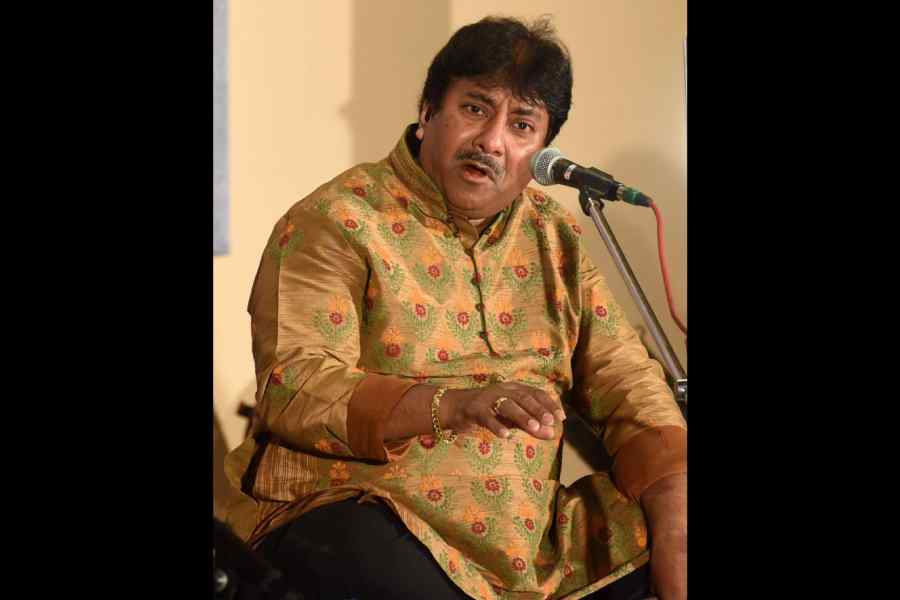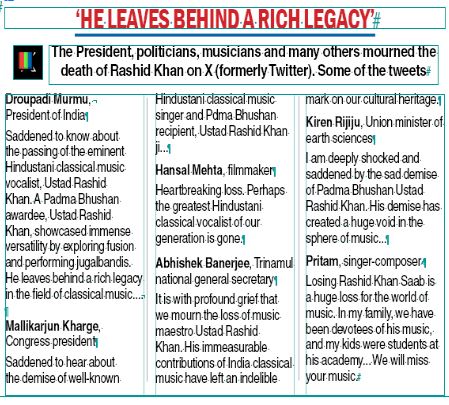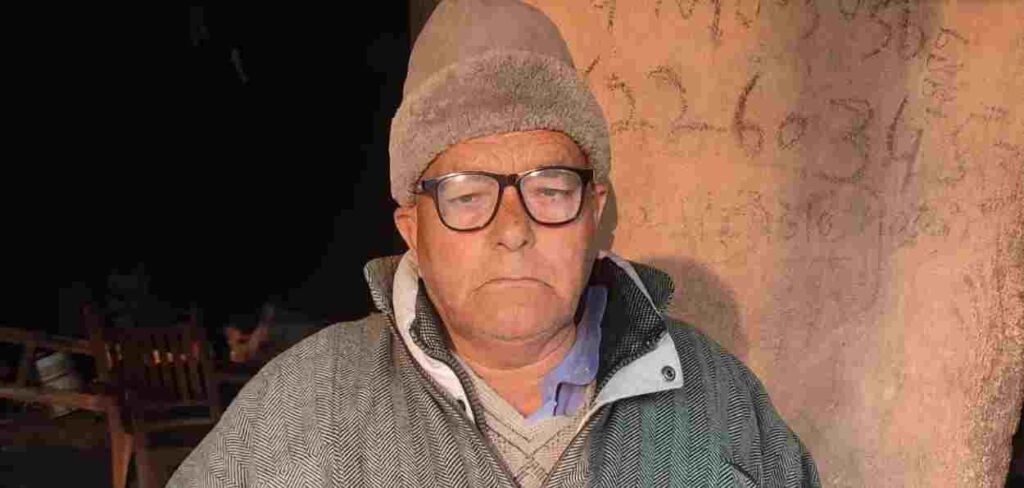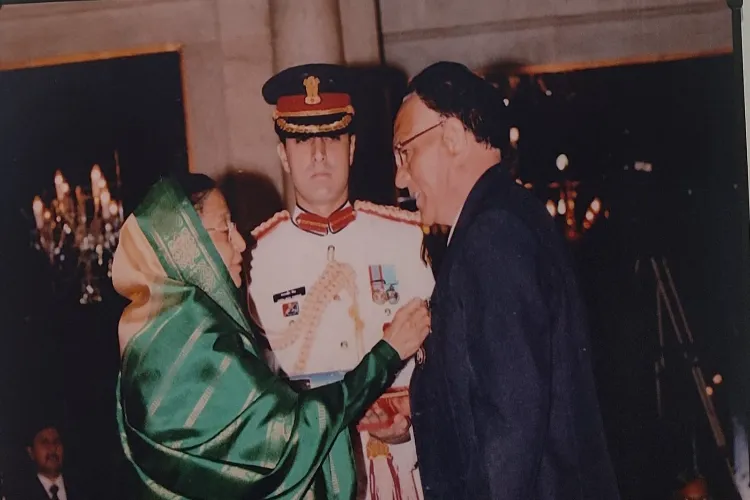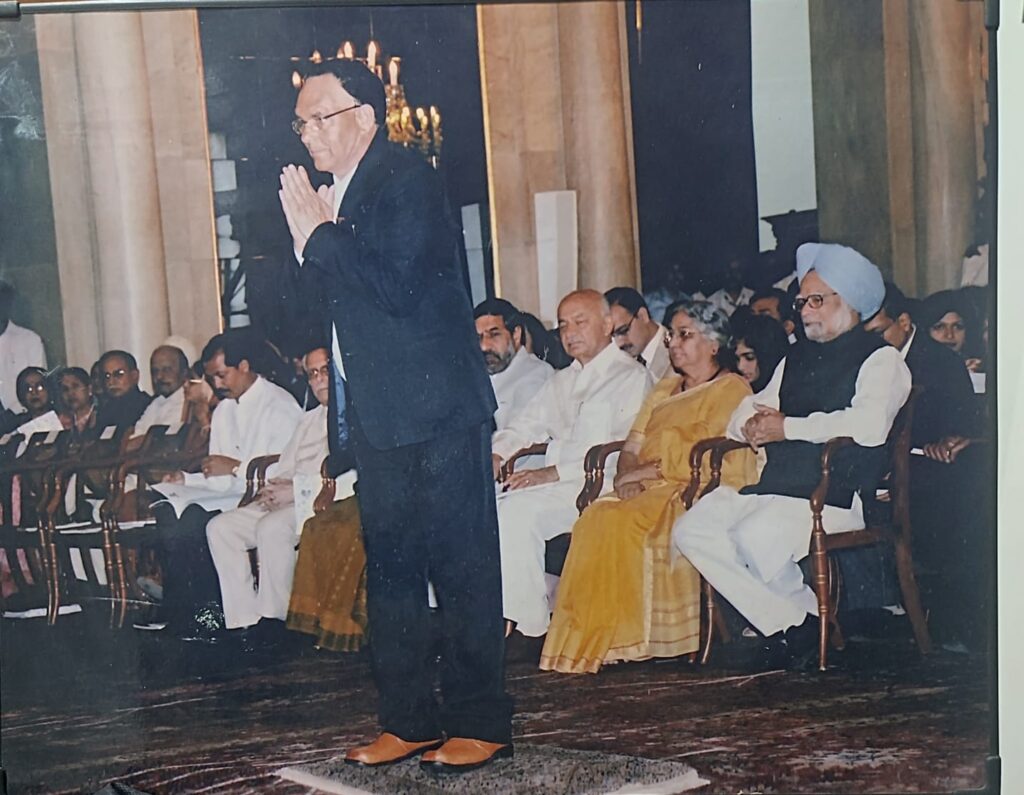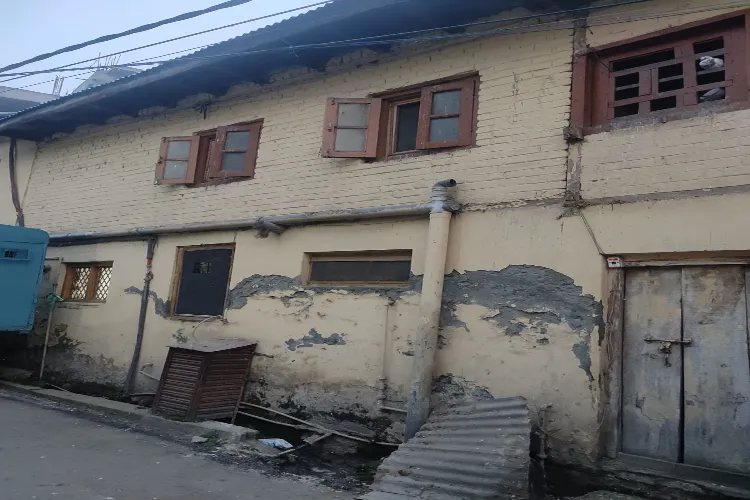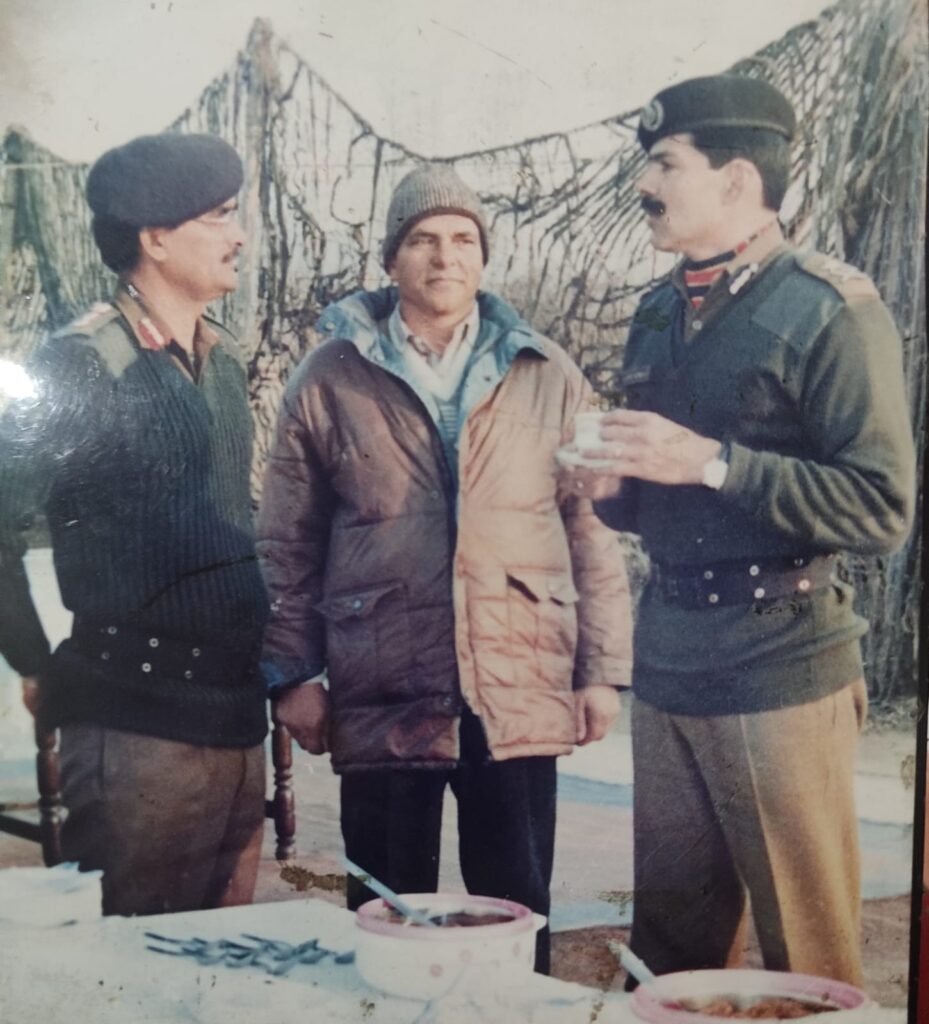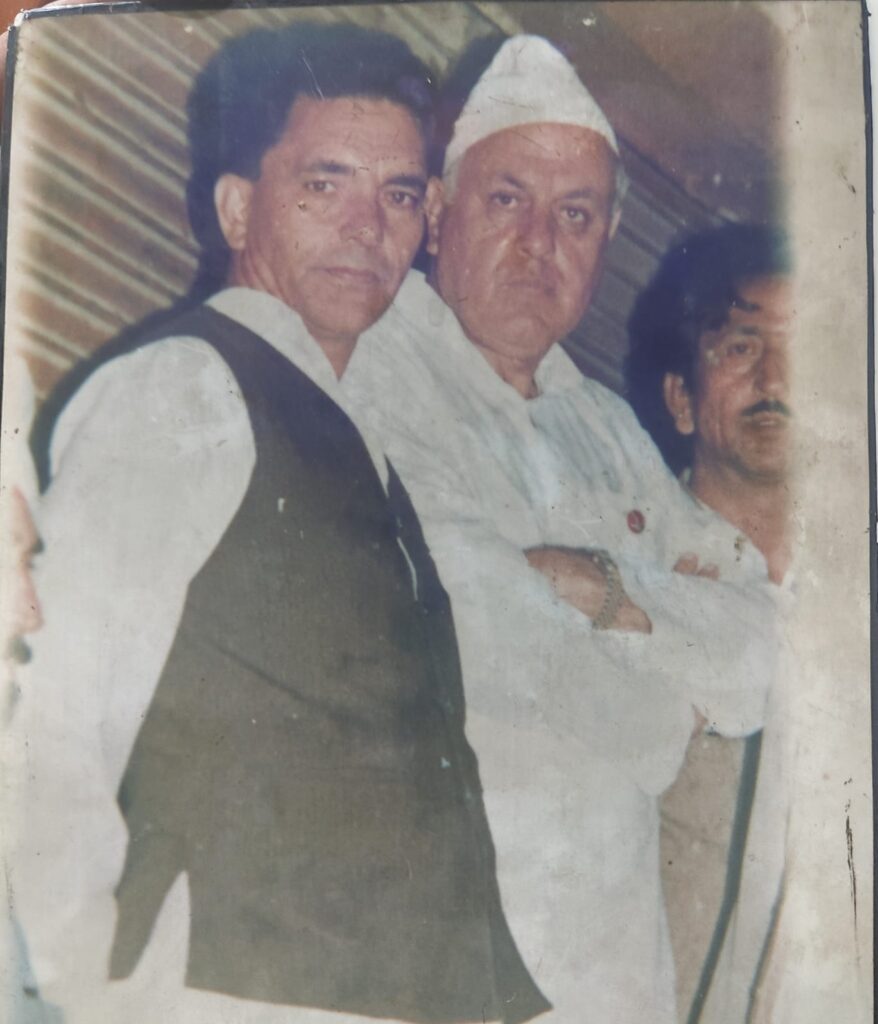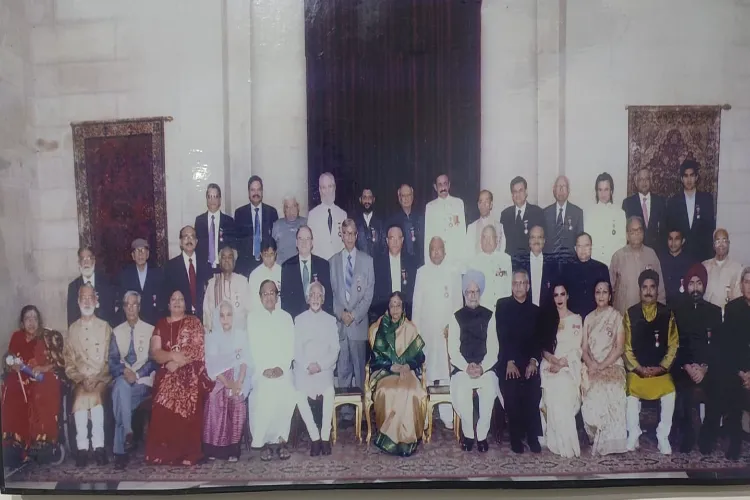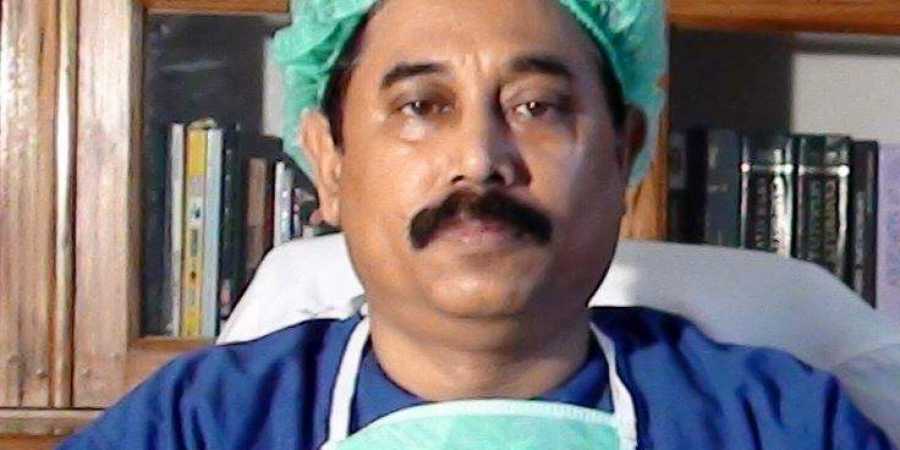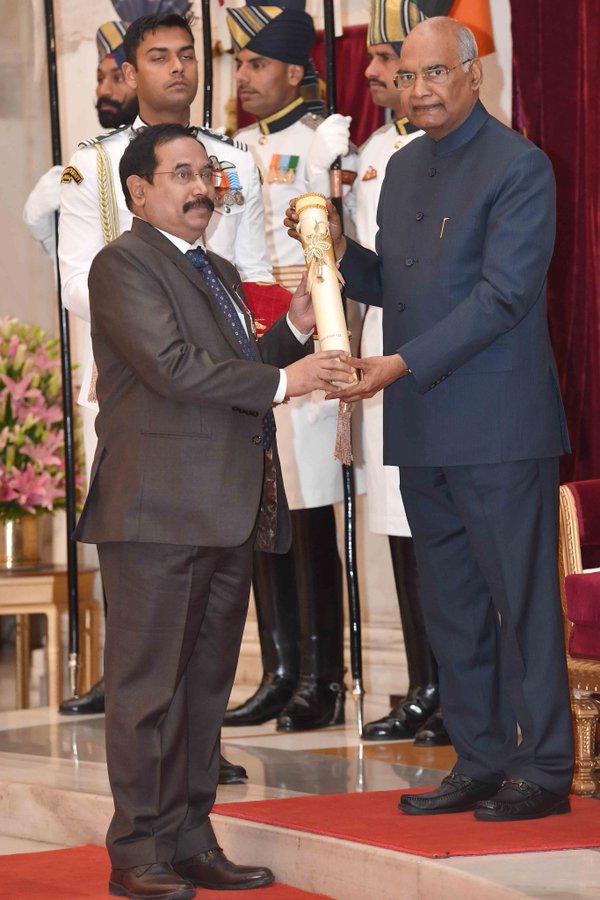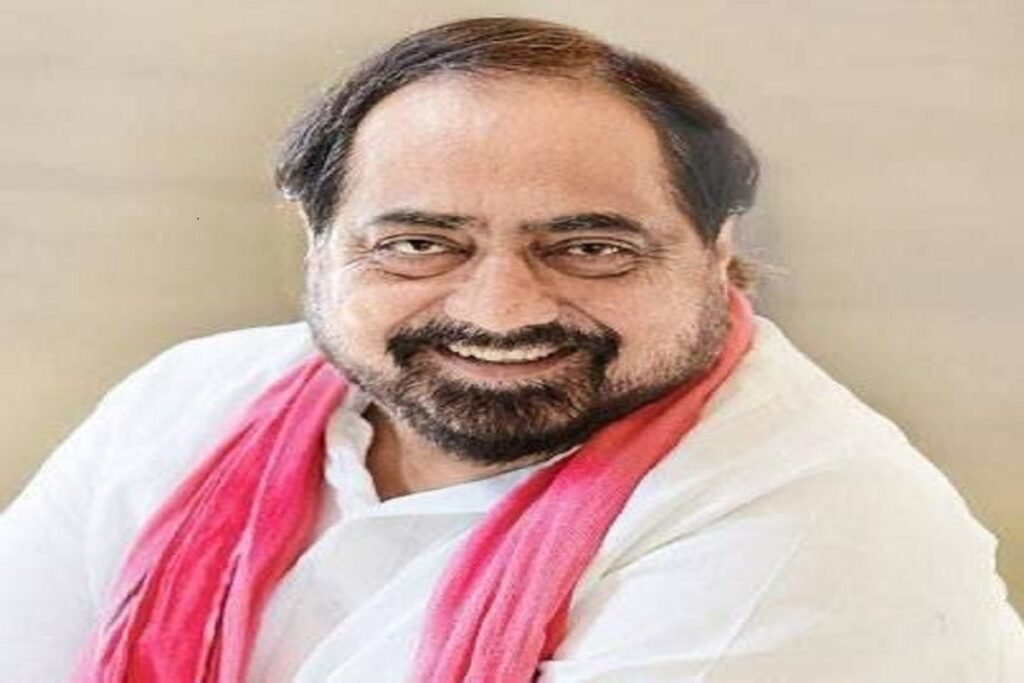INDIA:
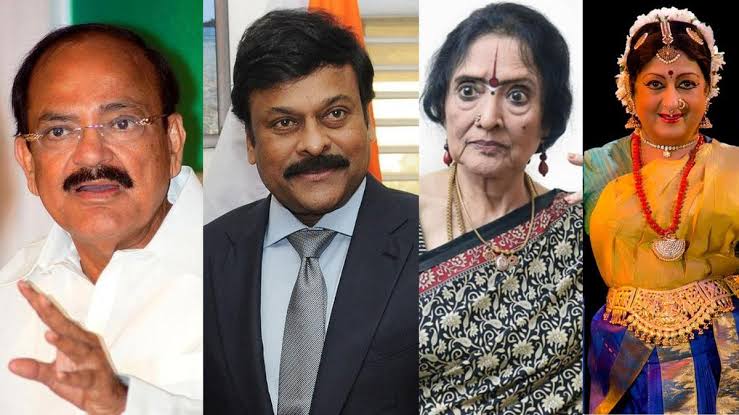
The Union government on Thursday announced 5 Padma Vibhushan, 17 Padma Bhushan and 110 Padma Shri recipients.
Former BJP chief and Vice-President M Venkaiah Naidu, Sulabh International founder Bindeshwar Pathak (posthumous), Telugu actor-turned-Congress politician Chiranjeevi, yesteryear Bollywood actress Vyjayantimala Bali and Bharat Natyam exponent Padma Subrahmanyam have been selected for the Padma Vibhushan this year.
Padma Bhushan awardees include M Fathima Beevi (posthumous), who was the first woman Supreme Court Judge, former Bollywood actor Mithun Chakraborty, singer Usha Uthup, industrialist Sitaram Jindal, Foxconn CEO Young Liu, former BJP Union Ministers Ram Naik, Satyabrata Mookherjee (posthumous) and C P Thakur, veteran BJP leader from Kerala Olanchery Rajagopal, Tamil actor-turned-politician Vijaykanth of the DMDK (posthumous), and Mumbai Samachar publisher Hormusji N Cama.
Padma Vibhushan (5)
| SN | Name | Field | State/Region/Country |
| 1 | Ms. Vyjayantimala Bali | Art | Tamil Nadu |
| 2 | Shri Konidela Chiranjeevi | Art | Andhra Pradesh |
| 3 | Shri M Venkaiah Naidu | Public Affairs | Andhra Pradesh |
| 4 | Shri Bindeshwar Pathak (Posthumous) | Social Work | Bihar |
| 5 | Ms. Padma Subrahmanyam | Art | Tamil Nadu |
Padma Bhushan (17)
| SN | Name | Field | State/Region/Country |
| 6 | Ms. M Fathima Beevi (Posthumous) | Public Affairs | Kerala |
| 7 | Shri Hormusji N Cama | Literature & Education – Journalism | Maharashtra |
| 8 | Shri Mithun Chakraborty | Art | West Bengal |
| 9 | Shri Sitaram Jindal | Trade & Industry | Karnataka |
| 10 | Shri Young Liu | Trade & Industry | Taiwan |
| 11 | Shri Ashwin Balachand Mehta | Medicine | Maharashtra |
| 12 | Shri Satyabrata Mookherjee (Posthumous) | Public Affairs | West Bengal |
| 13 | Shri Ram Naik | Public Affairs | Maharashtra |
| 14 | Shri Tejas Madhusudan Patel | Medicine | Gujarat |
| 15 | Shri Olanchery Rajagopal | Public Affairs | Kerala |
| 16 | Shri Dattatray Ambadas Mayaloo alias Rajdutt | Art | Maharashtra |
| 17 | Shri Togdan Rinpoche (Posthumous) | Others – Spiritualism | Ladakh |
| 18 | Shri Pyarelal Sharma | Art | Maharashtra |
| 19 | Shri Chandreshwar Prasad Thakur | Medicine | Bihar |
| 20 | Ms. Usha Uthup | Art | West Bengal |
| 21 | Shri Vijaykanth (Posthumous) | Art | Tamil Nadu |
| 22 | Shri Kundan Vyas | Literature & Education – Journalism | Maharashtra |
Padma Shri (110)
| SN | Name | Field | State/Region/Country |
| 23 | Shri Khalil Ahamad | Art | Uttar Pradesh |
| 24 | Shri Badrappan M | Art | Tamil Nadu |
| 25 | Shri Kaluram Bamaniya | Art | Madhya Pradesh |
| 26 | Ms. Rezwana Choudhury Bannya | Art | Bangladesh |
| 27 | Ms. Naseem Bano | Art | Uttar Pradesh |
| 28 | Shri Ramlal Bareth | Art | Chhattisgarh |
| 29 | Ms. Gita Roy Barman | Art | West Bengal |
| 30 | Ms. Parbati Baruah | Social Work | Assam |
| 31 | Shri Sarbeswar Basumatary | Others – Agriculture | Assam |
| 32 | Shri Som Datt Battu | Art | Himachal Pradesh |
| 33 | Ms. Takdira Begum | Art | West Bengal |
| 34 | Shri Sathyanarayana Beleri | Others – Agriculture | Kerala |
| 35 | Shri Drona Bhuyan | Art | Assam |
| 36 | Shri Ashok Kumar Biswas | Art | Bihar |
| 37 | Shri Rohan Machanda Bopanna | Sports | Karnataka |
| 38 | Ms. Smriti Rekha Chakma | Art | Tripura |
| 39 | Shri Narayan Chakraborty | Science & Engineering | West Bengal |
| 40 | Shri A Velu Ananda Chari | Art | Telangana |
| 41 | Shri Ram Chet Chaudhary | Science & Engineering | Uttar Pradesh |
| 42 | Ms. K Chellammal | Others – Agriculture | Andaman & Nicobar Islands |
| 43 | Ms. Joshna Chinappa | Sports | Tamil Nadu |
| 44 | Ms. Charlotte Chopin | Others – Yoga | France |
| 45 | Shri Raghuveer Choudhary | Literature & Education | Gujarat |
| 46 | Shri Joe D Cruz | Literature & Education | Tamil Nadu |
| 47 | Shri Ghulam Nabi Dar | Art | Jammu & Kashmir |
| 48 | Shri Chitta Ranjan Debbarma | Others – Spiritualism | Tripura |
| 49 | Shri Uday Vishwanath Deshpande | Sports | Maharashtra |
| 50 | Ms. Prema Dhanraj | Medicine | Karnataka |
| 51 | Shri Radha Krishan Dhiman | Medicine | Uttar Pradesh |
| 52 | Shri Manohar Krishana Dole | Medicine | Maharashtra |
| 53 | Shri Pierre Sylvain Filliozat | Literature & Education | France |
| 54 | Shri Mahabir Singh Guddu | Art | Haryana |
| 55 | Ms. Anupama Hoskere | Art | Karnataka |
| 56 | Shri Yazdi Maneksha Italia | Medicine | Gujarat |
| 57 | Shri Rajaram Jain | Literature & Education | Uttar Pradesh |
| 58 | Shri Jankilal | Art | Rajasthan |
| 59 | Shri Ratan Kahar | Art | West Bengal |
| 60 | Shri Yashwant Singh Kathoch | Literature & Education | Uttarakhand |
| 61 | Shri Zahir I Kazi | Literature & Education | Maharashtra |
| 62 | Shri Gaurav Khanna | Sports | Uttar Pradesh |
| 63 | Shri Surendra Kishore | Literature & Education – Journalism | Bihar |
| 64 | Shri Dasari Kondappa | Art | Telangana |
| 65 | Shri Sridhar Makam Krishnamurthy | Literature & Education | Karnataka |
| 66 | Ms. Yanung Jamoh Lego | Others – Agriculture | Arunachal Pradesh |
| 67 | Shri Jordan Lepcha | Art | Sikkim |
| 68 | Shri Satendra Singh Lohia | Sports | Madhya Pradesh |
| 69 | Shri Binod Maharana | Art | Odisha |
| 70 | Ms. Purnima Mahato | Sports | Jharkhand |
| 71 | Ms. Uma Maheshwari D | Art | Andhra Pradesh |
| 72 | Shri Dukhu Majhi | Social Work | West Bengal |
| 73 | Shri Ram Kumar Mallick | Art | Bihar |
| 74 | Shri Hemchand Manjhi | Medicine | Chhattisgarh |
| 75 | Shri Chandrashekhar Mahadeorao Meshram | Medicine | Maharashtra |
| 76 | Shri Surendra Mohan Mishra (Posthumous) | Art | Uttar Pradesh |
| 77 | Shri Ali Mohammed & Shri Ghani Mohammed* (Duo) | Art | Rajasthan |
| 78 | Ms. Kalpana Morparia | Trade & Industry | Maharashtra |
| 79 | Ms. Chami Murmu | Social Work | Jharkhand |
| 80 | Shri Sasindran Muthuvel | Public Affairs | Papua New Guinea |
| 81 | Ms. G Nachiyar | Medicine | Tamil Nadu |
| 82 | Ms. Kiran Nadar | Art | Delhi |
| 83 | Shri Pakaravur Chithran Namboodiripad (Posthumous) | Literature & Education | Kerala |
| 84 | Shri Narayanan E P | Art | Kerala |
| 85 | Shri Shailesh Nayak | Science & Engineering | Delhi |
| 86 | Shri Harish Nayak (Posthumous) | Literature & Education | Gujarat |
| 87 | Shri Fred Negrit | Literature & Education | France |
| 88 | Shri Hari Om | Science & Engineering | Haryana |
| 89 | Shri Bhagabat Padhan | Art | Odisha |
| 90 | Shri Sanatan Rudra Pal | Art | West Bengal |
| 91 | Shri Shankar Baba Pundlikrao Papalkar | Social Work | Maharashtra |
| 92 | Shri Radhe Shyam Pareek | Medicine | Uttar Pradesh |
| 93 | Shri Dayal Mavjibhai Parmar | Medicine | Gujarat |
| 94 | Shri Binod Kumar Pasayat | Art | Odisha |
| 95 | Ms. Silbi Passah | Art | Meghalaya |
| 96 | Ms. Shanti Devi Paswan & Shri Shivan Paswan* (Duo) | Art | Bihar |
| 97 | Shri Sanjay Anant Patil | Others – Agriculture | Goa |
| 98 | Shri Muni Narayana Prasad | Literature & Education | Kerala |
| 99 | Shri K S Rajanna | Social Work | Karnataka |
| 100 | Shri Chandrashekar Channapatna Rajannachar | Medicine | Karnataka |
| 101 | Shri Bhagwatilal Rajpurohit | Literature & Education | Madhya Pradesh |
| 102 | Shri Romalo Ram | Art | Jammu & Kashmir |
| 103 | Shri Navjivan Rastogi | Literature & Education | Uttar Pradesh |
| 104 | Ms. Nirmal Rishi | Art | Punjab |
| 105 | Shri Pran Sabharwal | Art | Punjab |
| 106 | Shri Gaddam Sammaiah | Art | Telangana |
| 107 | Shri Sangthankima | Social Work | Mizoram |
| 108 | Shri Machihan Sasa | Art | Manipur |
| 109 | Shri Omprakash Sharma | Art | Madhya Pradesh |
| 110 | Shri Eklabya Sharma | Science & Engineering | West Bengal |
| 111 | Shri Ram Chander Sihag | Science & Engineering | Haryana |
| 112 | Shri Harbinder Singh | Sports | Delhi |
| 113 | Shri Gurvinder Singh | Social Work | Haryana |
| 114 | Shri Godawari Singh | Art | Uttar Pradesh |
| 115 | Shri Ravi Prakash Singh | Science & Engineering | Mexico |
| 116 | Shri Seshampatti T Sivalingam | Art | Tamil Nadu |
| 117 | Shri Somanna | Social Work | Karnataka |
| 118 | Shri Kethavath Somlal | Literature & Education | Telangana |
| 119 | Ms. Shashi Soni | Trade & Industry | Karnataka |
| 120 | Ms. Urmila Srivastava | Art | Uttar Pradesh |
| 121 | Shri Nepal Chandra Sutradhar (Posthumous) | Art | West Bengal |
| 122 | Shri Gopinath Swain | Art | Odisha |
| 123 | Shri Laxman Bhatt Tailang | Art | Rajasthan |
| 124 | Ms. Maya Tandon | Social Work | Rajasthan |
| 125 | Ms. Aswathi Thirunal Gouri Lakshmi Bayi Thampuratty | Literature & Education | Kerala |
| 126 | Shri Jagdish Labhshanker Trivedi | Art | Gujarat |
| 127 | Ms. Sano Vamuzo | Social Work | Nagaland |
| 128 | Shri Balakrishnan Sadanam Puthiya Veetil | Art | Kerala |
| 129 | Shri Kurella Vittalacharya | Literature & Education | Telangana |
| 130 | Shri Kiran Vyas | Others – Yoga | France |
| 131 | Shri Jageshwar Yadav | Social Work | Chhattisgarh |
| 132 | Shri Babu Ram Yadav | Art | Uttar Pradesh |
source: http://www.maktoobmedia.com / Maktoob Media / Home> India / by Maktoob Staff / January 26th, 2024
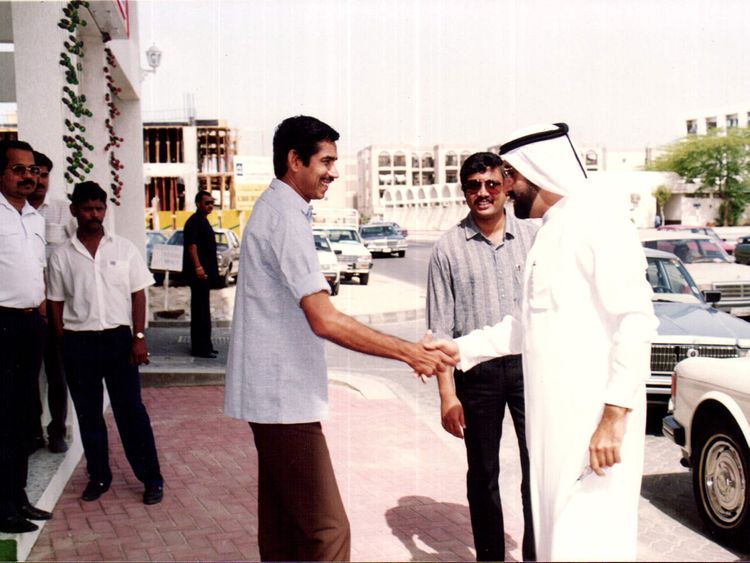
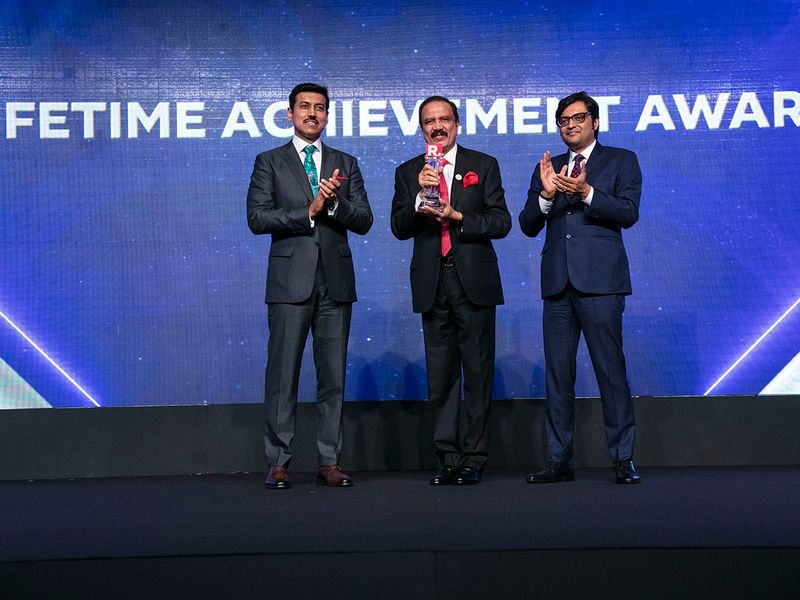
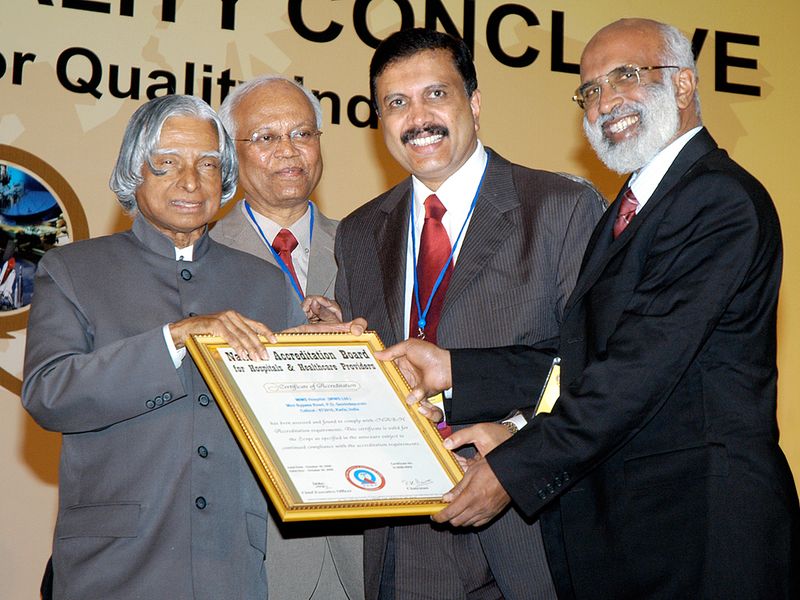
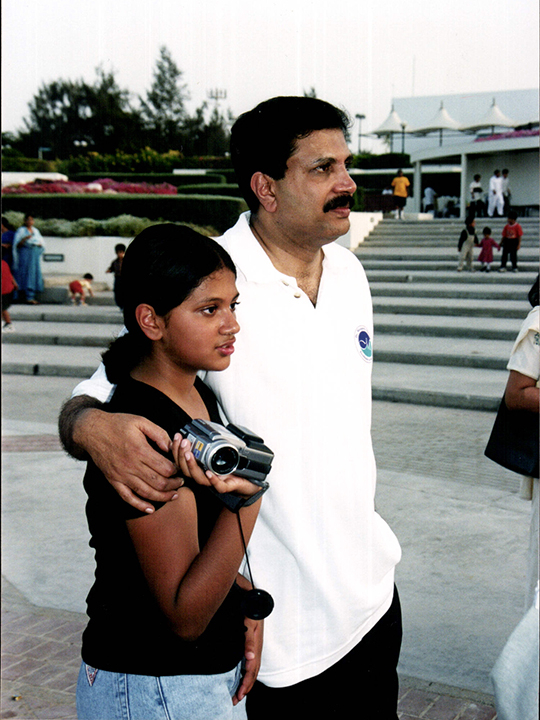
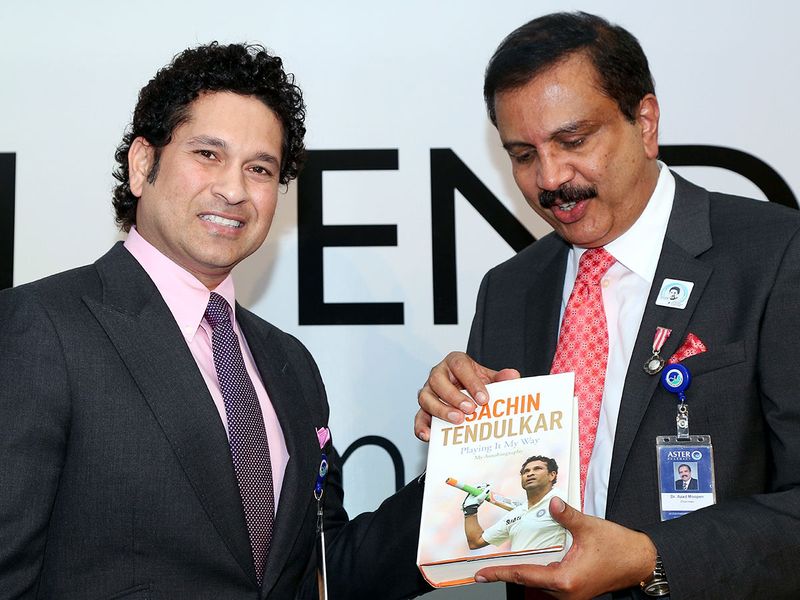
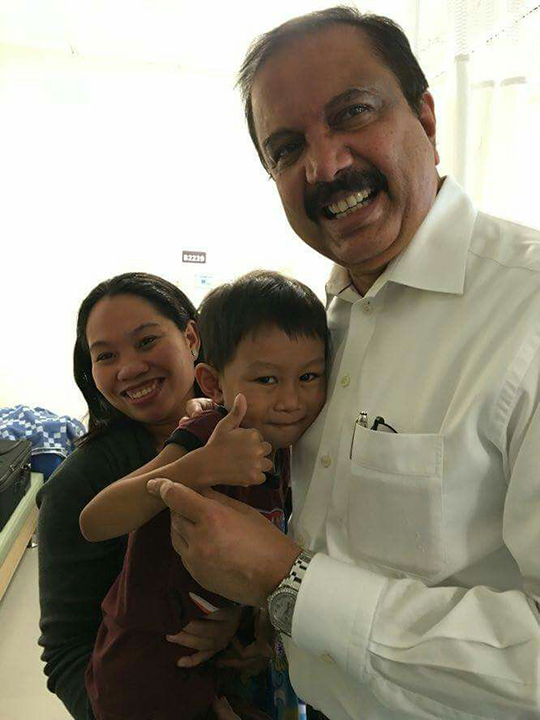
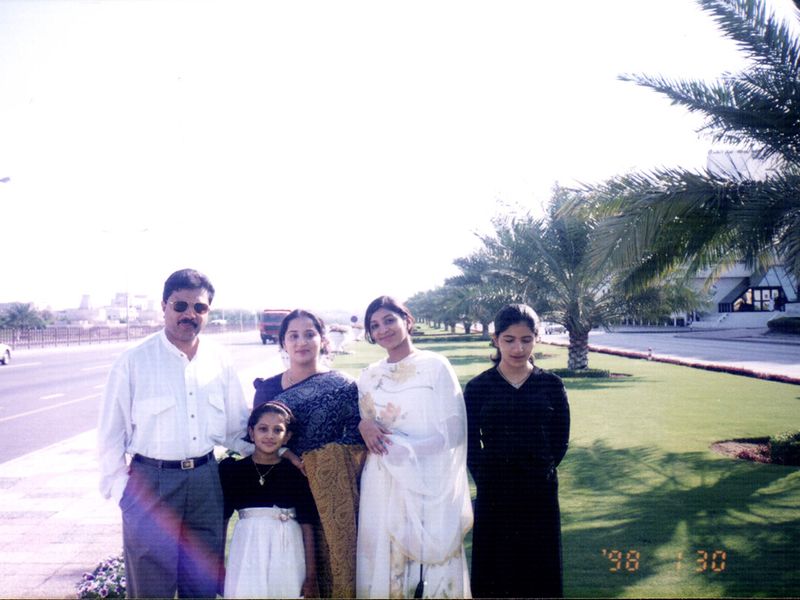
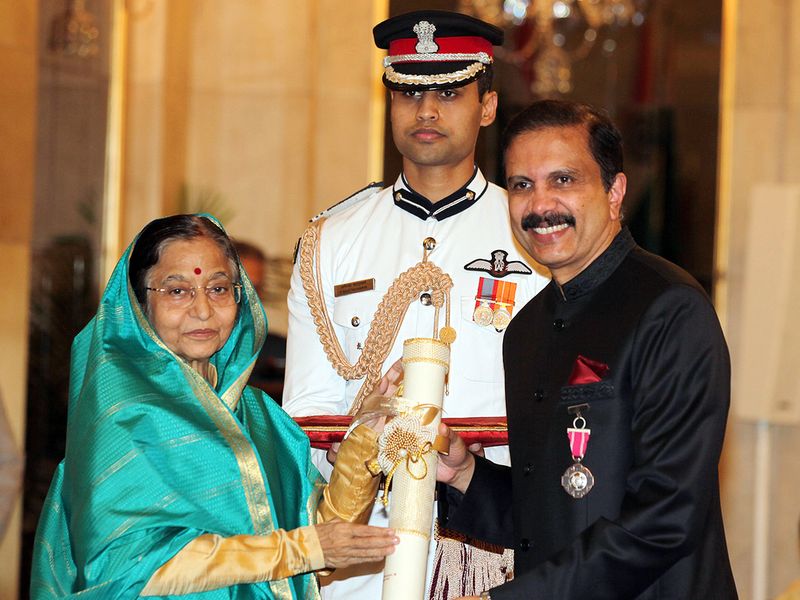

)
